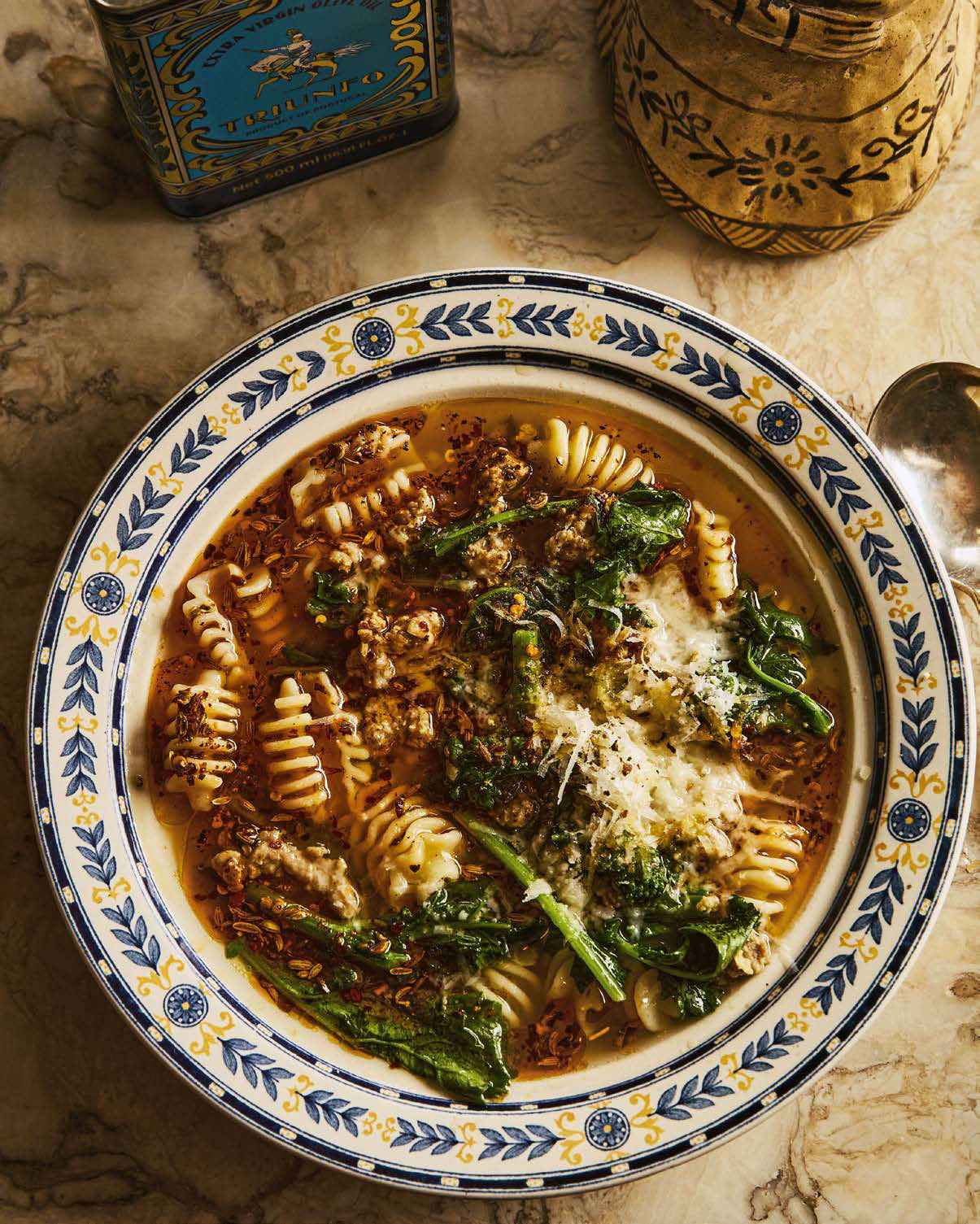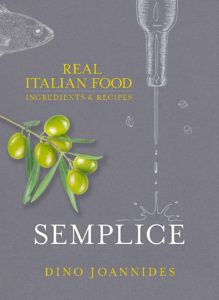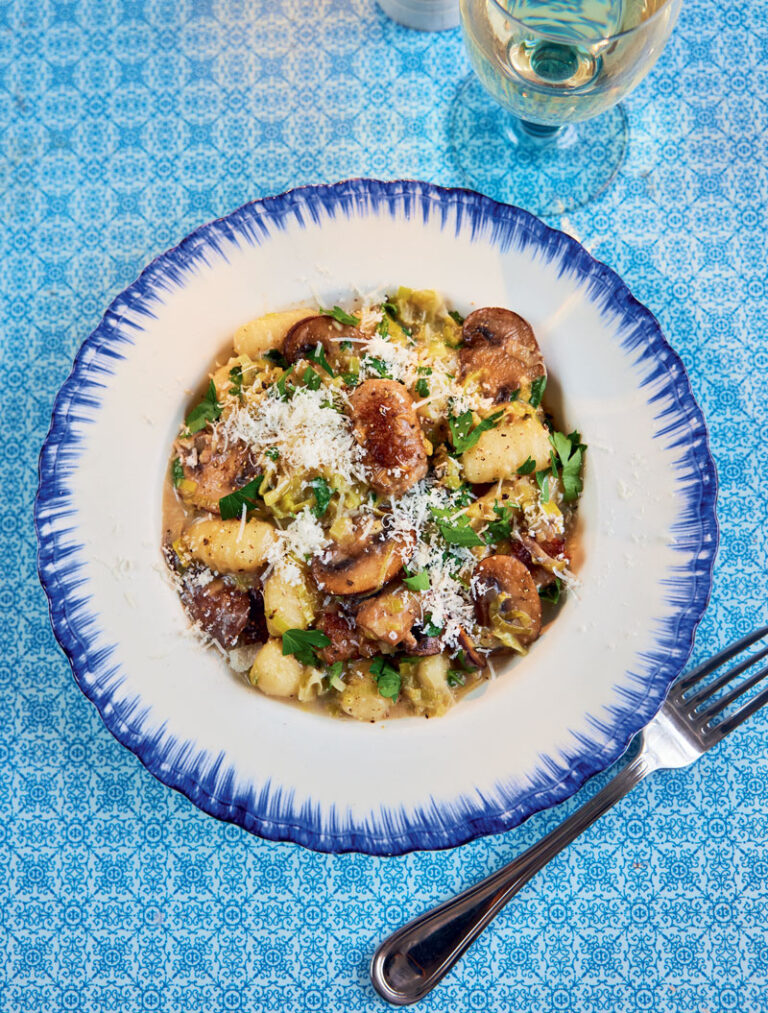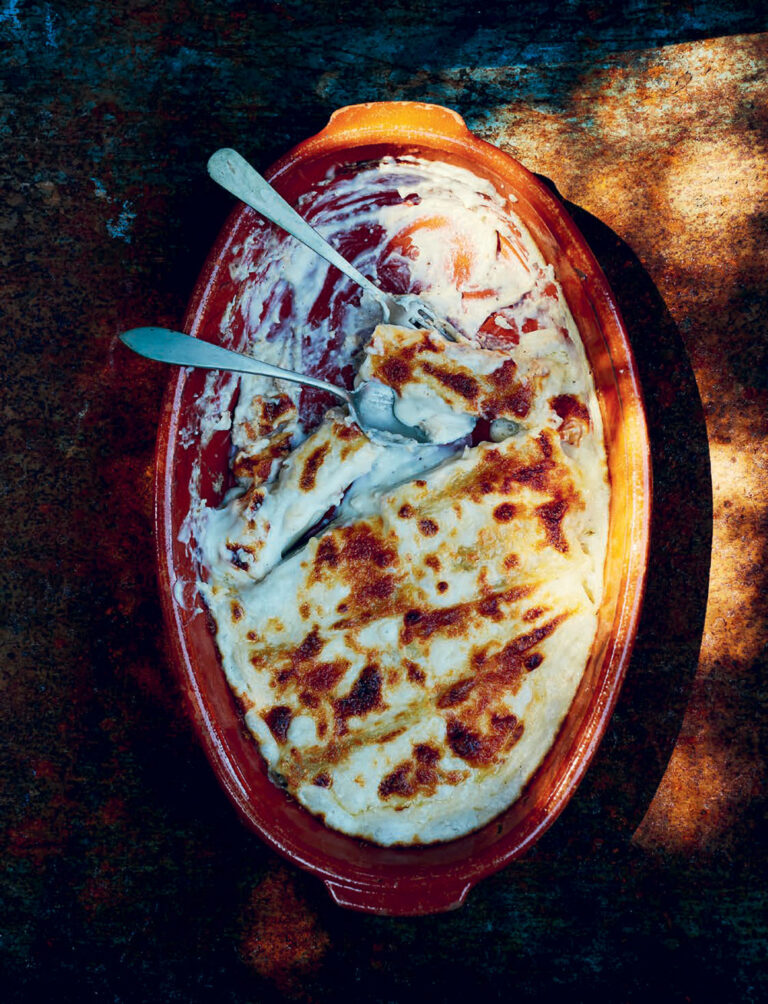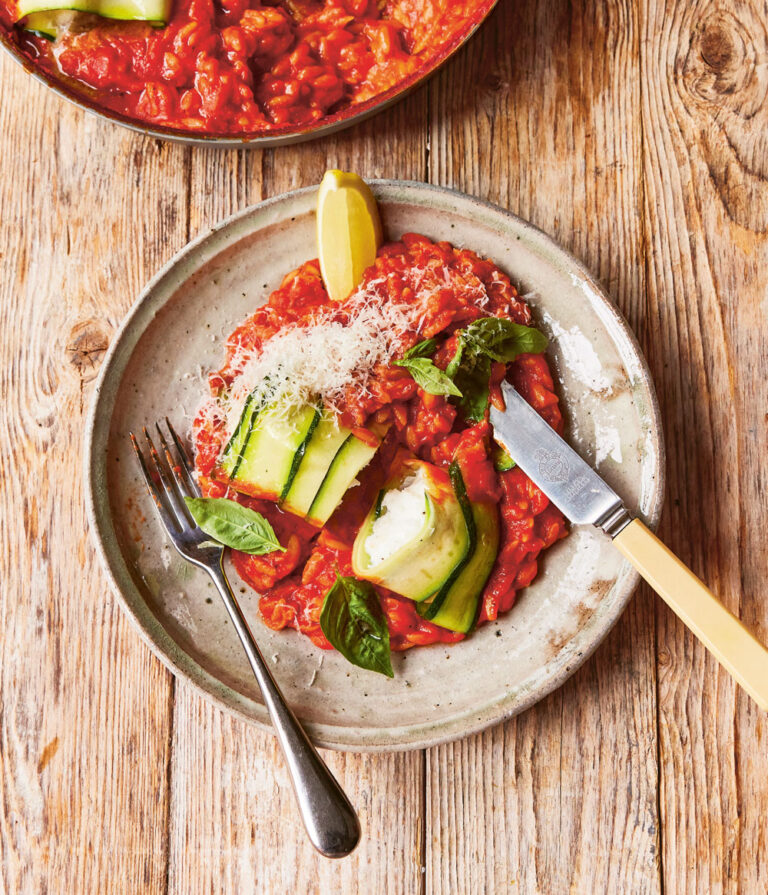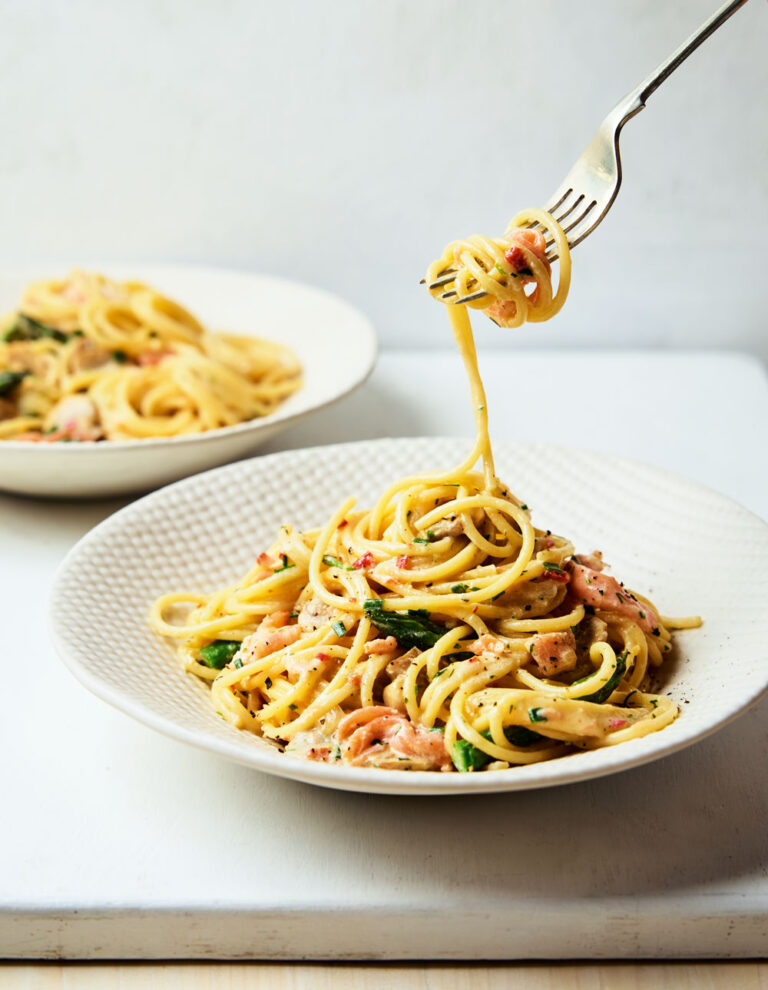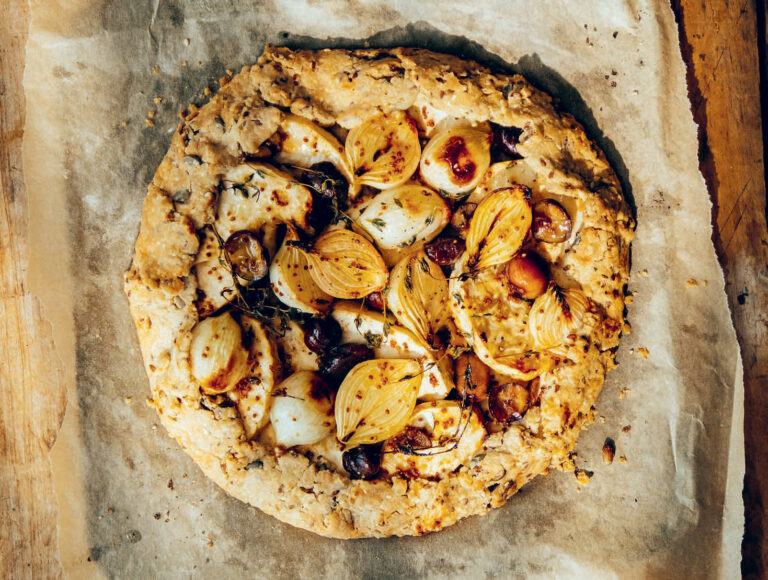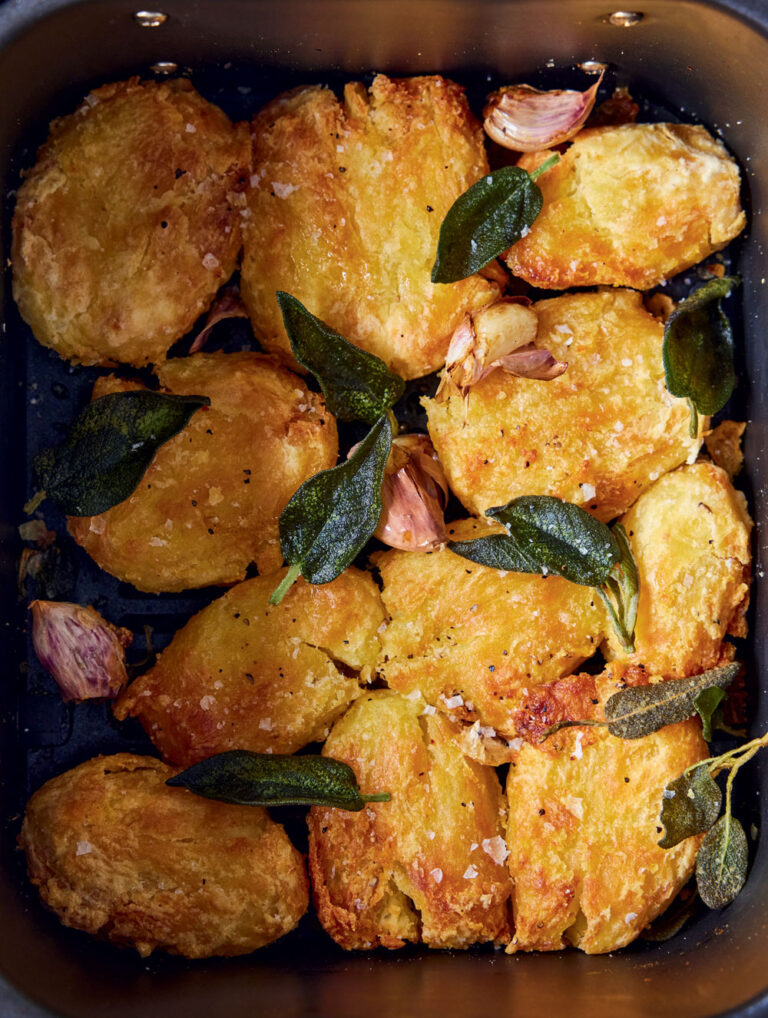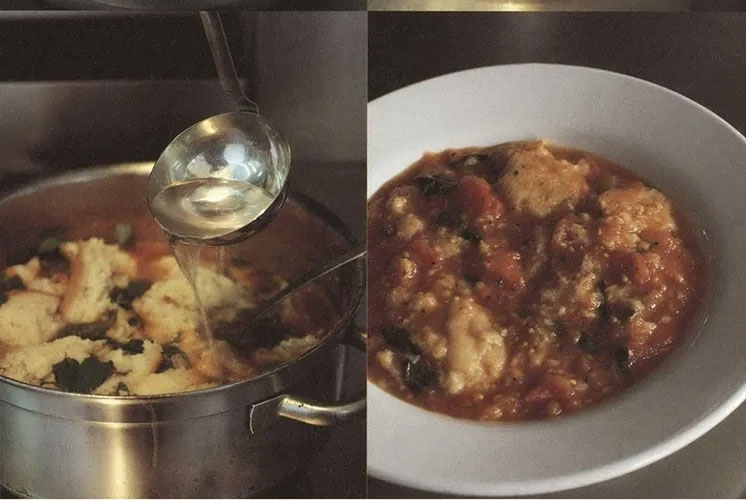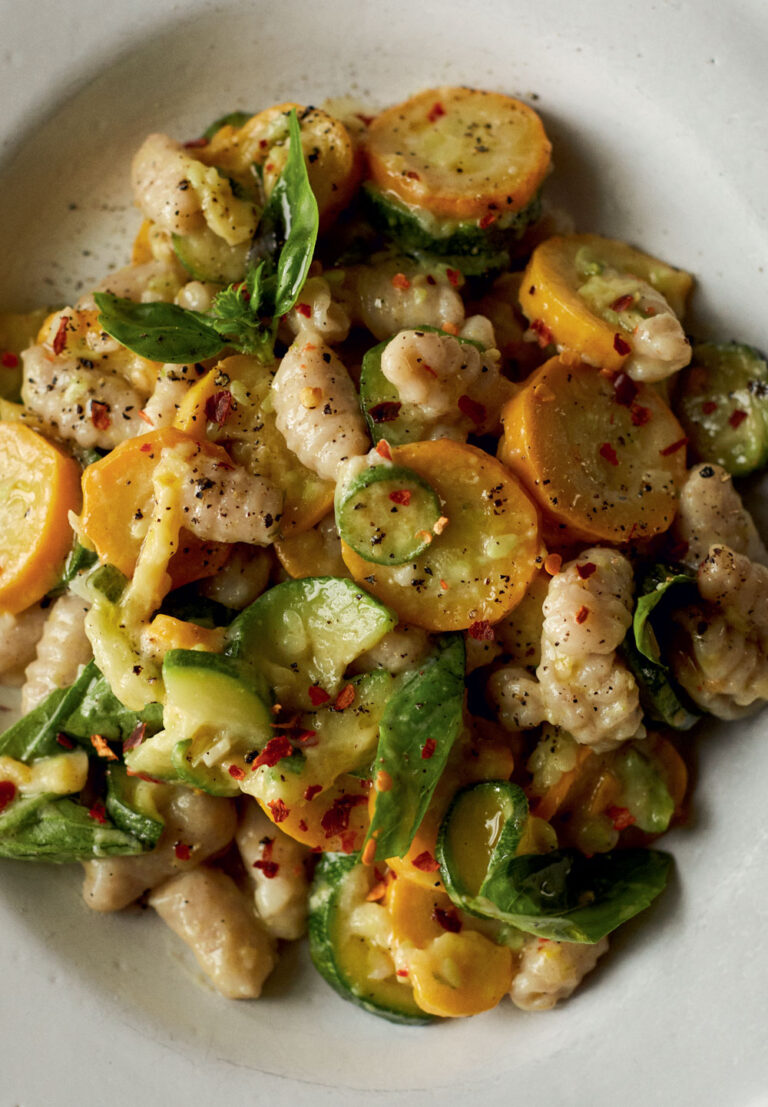Homemade Pasta
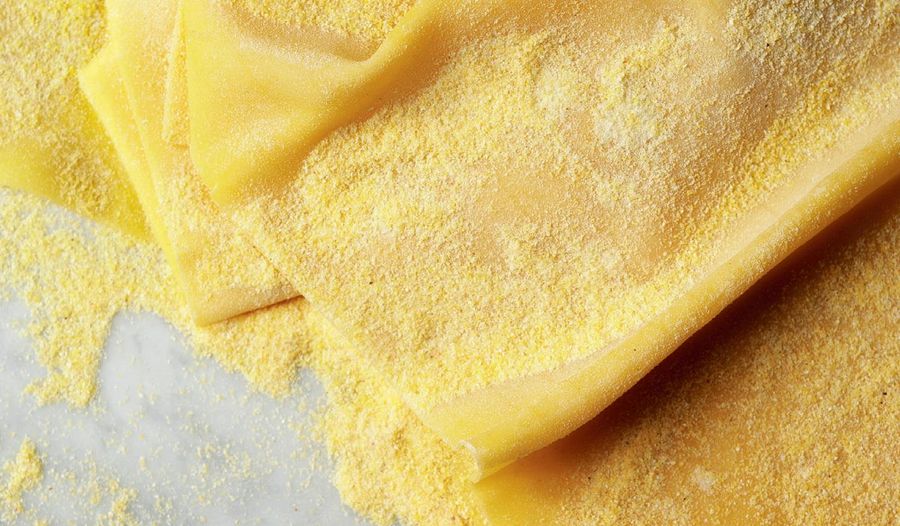
There’s nothing quite like fresh pasta. Create delicious homemade pasta with this step-by-step recipe, combining “00” grade flour and quality, free range eggs.
Discover our full guide to making pasta at home here.
Introduction
The recipe below is the traditional one in my mother’s family, but is also typical of Emilia-Romagna. Of course, there might be slight variations from home to home. Some add salt, for example, but I think it is unnecessary as you add salt to the cooking water. Others might add a little olive oil, but I see no value in that because even a small amount will add an unnecessary or unwelcome flavour, and not contribute to a better final product in any discernible way.
One ingredient you might have to play by ear is the number of eggs because, no matter how good, they can differ in richness and size. Once you find your favourite source, try to stick with it. As a general rule, use 1 large egg for every 100g flour. As with eggs, try to find a flour you like and stick with it. My preference is for the soft flours from Mulino Marino in Piedmont: I use their ‘00’ flour for fresh pasta.
Ingredients
| 1kg | ‘00’ flour |
| 10 | large free-range eggs, preferably with very dark yolks to add colour to your pasta (avoid those from chickens force-fed extra carotene) |
Essential kit
If making smaller shapes, you will need a pastry cutter or the cutting implement from a pasta machine to produce the shape you need.
Method
Tip the flour on to a work surface or board. Make a well in the centre. Crack the eggs into the well and beat with a fork until frothy. Using your hands, start working in some of the flour from around the well. Continue doing this until a dough forms. Depending on the warmth of your kitchen and hands, you might need to add a little warm water if the dough does not come together. Knead for about 10 minutes, keeping your hands lightly floured, until the dough is smooth and elastic.
Cut the dough in half and place one piece on a lightly floured surface. Using a lightly floured rolling pin, roll out the dough to the thickness required for the pasta shape you are making. As a general rule, long pasta (e.g. spaghetti) should be perhaps 1—2 mm, while that used for stuffed pasta (e.g. ravioli) should be even thinner. The rolling is hard work because the dough is stiff, but it is well worth the effort.
If you want long strips, such as pappardelle or spaghetti, or big rectangles, such as lasagne, fold the pasta sheet several times and cut the size you want using a knife. When unfolded, you will have multiple strips. If making smaller shapes, use a pastry cutter or the cutting implement from a pasta machine to produce the shape you need. For simple round shapes you could use a glass or cup.
Keep the pasta on floured wooden trays in a cool part of the kitchen for no more than 3 hours or so before cooking it. The trays can be stacked, and the top one should be covered with a cloth.
Reviews
1 Ratings
Have you tried this recipe? Let us know how it went by leaving a comment below.
In the case of any queries, our team will aim to respond as soon as possible.
Please note: Moderation is enabled and may delay your comment being posted. There is no need to resubmit your comment. By posting a comment you are agreeing to the website Terms of Use.
